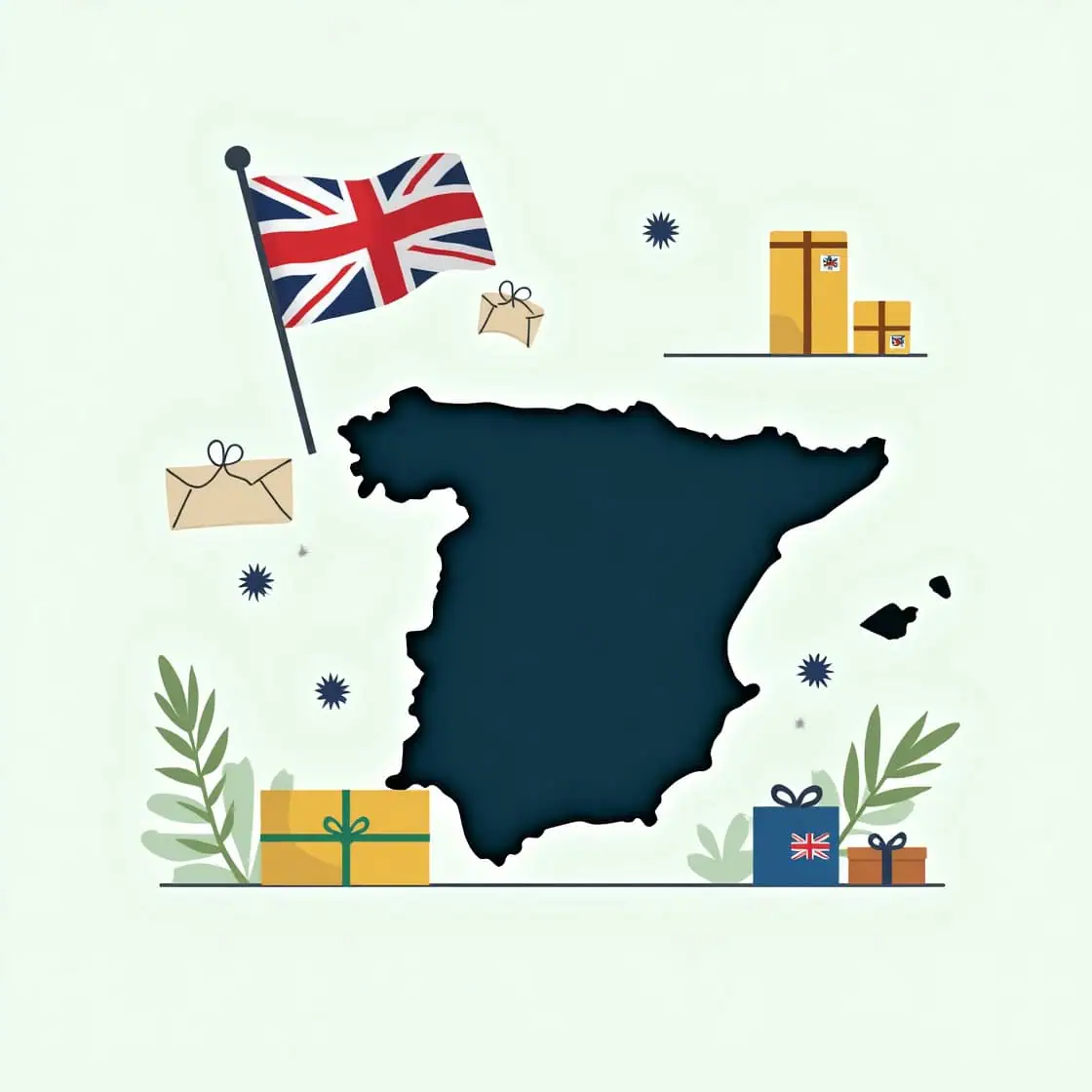Detailed Customs Regulations for Spain
Spain’s customs regulations are managed by the Agencia Tributaria, specifically the Dirección General de Aduanas (General Directorate of Customs), under the EU framework. Post-Brexit, the UK is a third country, and shipments are subject to EU external tariffs unless qualifying for zero-duty under the UK-EU Trade and Cooperation Agreement (TCA, effective 2021). Compliance with the EU’s Import Control System (ICS2) is essential for clearance.
The clearance process involves submitting an Entry Summary Declaration (ENS) via ICS2 before arrival, with customs potentially conducting inspections for tax, safety, and EU compliance. Required documentation includes a commercial invoice detailing goods, value, and parties (preferably in English or Spanish), a packing list outlining contents, weight, and quantity, a bill of lading or air waybill confirming transport and including freight costs, an EORI number for UK exporters, and a certificate of origin for TCA benefits if applicable. For restricted items like food or plants, additional EU health or phytosanitary certificates are needed.
Duties and taxes include a duty-free threshold where personal gifts under €45 and commercial goods under €22 (CIF, cost, insurance, freight) are exempt from duties and VAT; above this, full rates apply. Import duties range from 0-17% based on HS codes (e.g., 12% on apparel), with TCA potentially reducing or eliminating duties for UK-origin goods with proof. VAT is 21% standard rate on CIF plus duty, with reduced rates for certain goods like food at 10% or 4%. Customs fees range from €5-25 depending on the courier and shipment type.
Prohibited items include narcotics, counterfeit goods, weapons without permits, and hazardous materials like asbestos. Restricted items encompass food and alcohol requiring EU health certificates (e.g., no fresh UK meat without certs, excise on liquor), plants and animals needing phytosanitary or vet documents (EU Regulation 2016/2031), medicines requiring AEMPS (Spanish Medicines Agency) approval, and cultural goods needing export clearance from the UK and import review in Spain.
HS codes follow the EU Common Customs Tariff, with valuation based on CIF value; under-declaring risks fines or seizure. The TCA offers 0% tariffs on UK-origin goods with a Certificate of Origin, otherwise standard EU rates apply. Practical tips include prepaying taxes through couriers like Correos or DHL for faster clearance, setting up an EORI number (essential for UK exporters, with Send2Hub assistance available), and tracking via the Spanish customs portal (Aduana.es) or courier systems.
An unexpected detail is that small consignments under €22 might avoid duties and VAT, which could benefit personal shipments, though this requires confirmation with specific sources. This could be a relief for individuals sending low-value items but needs careful documentation to qualify.
The information was gathered from various sources, including the official website of the Spanish Tax Agency, EU trade guidelines (European Commission - Trade with the UK), and UK import guides. These sources, updated as recently as 2024, confirm the EU tariff structure, VAT rates, and TCA benefits. The list of prohibited and restricted items was sourced from EU regulations and Spanish customs notices, ensuring accuracy. The potential VAT exemption for small consignments under €22 was noted in EU import rules, which could be beneficial for travelers but requires meeting conditions.
This comprehensive guide equips users with all necessary information for shipping from the UK to Spain via Send2Hub, addressing both logistical and customs challenges with clarity and support.
Customs Support
Send2Hub provides assistance with customs paperwork, helping navigate duties, taxes, and restricted items like food or plants that require EU permits to ensure compliance and avoid delays.
Practical Tips
Ensure all documentation is accurate, consider prepaying taxes for faster clearance, and use a customs broker for complex shipments. Tracking can be done via the Spanish customs portal or courier systems.
Key Citations
